As we celebrate our 25th anniversary year, we're taking a long look back over the last quarter century of cinema. We already looked at the greatest opening scenes and greatest romantic gestures, but this month we look at the films that changed cinema itself. These were the innovations and breakthroughs that shaped film over the last 25 years...
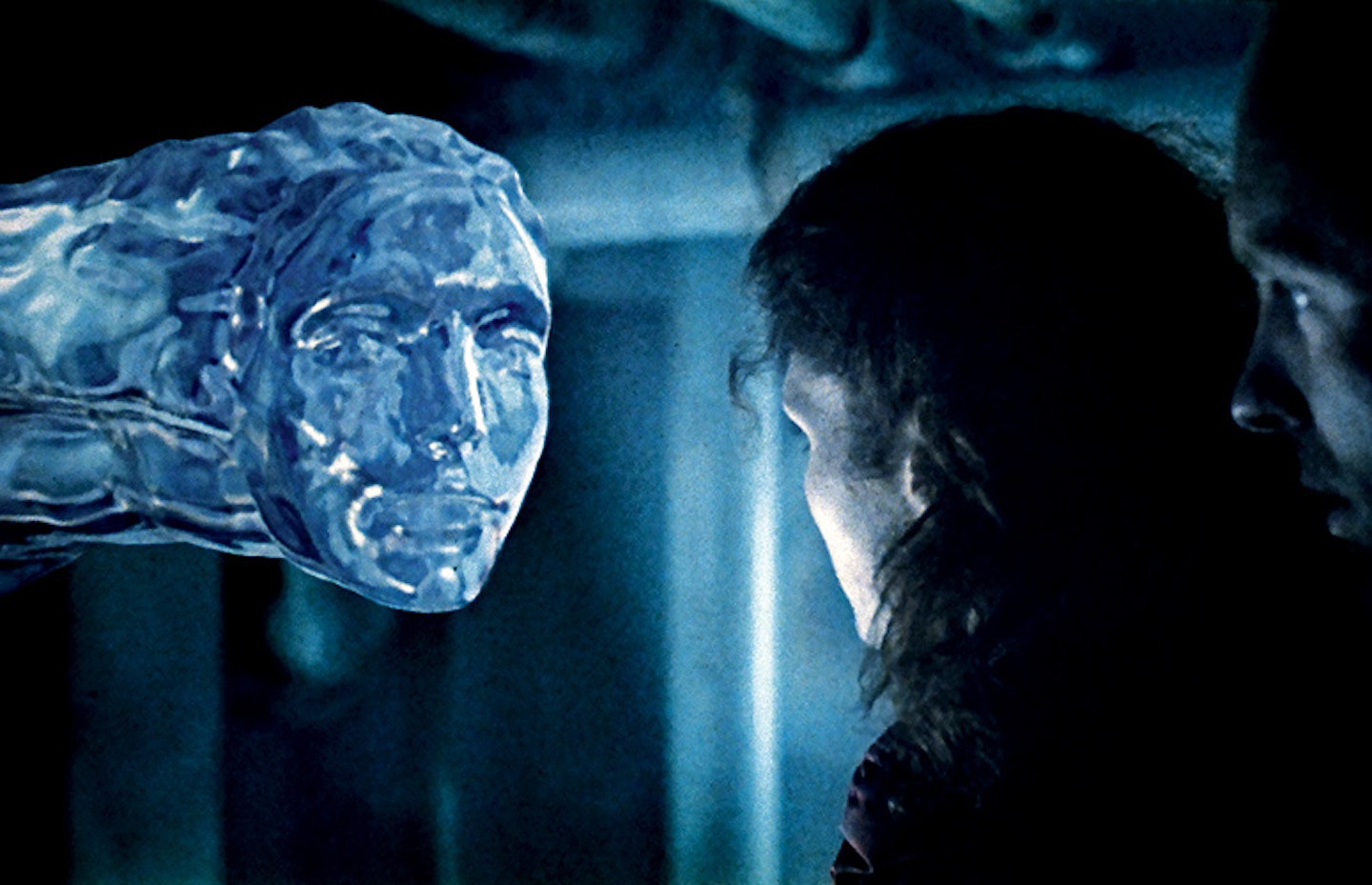
1 VFX CROSSES THE ABYSS (1989)
Hollywood is the Dream Factory, but while everything's available in our imaginations, the screen had its limits... until The Abyss (1989). Jurassic Park may be the movie where photo-real VFX saw audiences' jaws drop, but it was James Cameron's underwater odyssey that showed the business just what was now possible. T2, The Matrix, Avatar - they all started here.
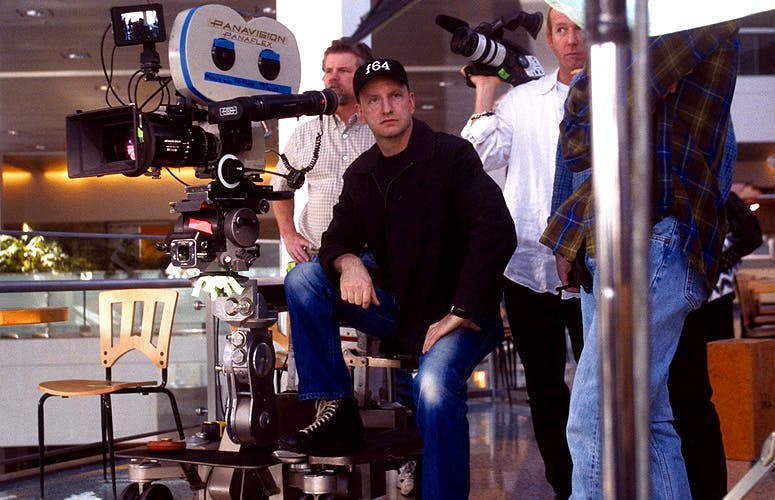%20%20%202%20SODERBERGH%20INVIGORATES%20INDIES%20(1989?auto=format&w=1440&q=80)
From Cassavetes to Corman, independent film has taken odd, varied incarnations, but it was a quiet, twentysomething boy from Baton Rouge who paired an exploitation title with real, rounded relationships to make an unlikely critical and commercial hit of sex, lies, and videotape - and influence indie film for the next 20 years. Harvey Weinstein credits Tarantino with making Miramax, but it was Steven Soderbergh whose debut showed the way for the fledgling company and the various studio speciality labels (Fox Searchlight, Paramount Vantage et al) which followed, spawning Crouching Tigers, Black Swans and Slumdog Millionaires.
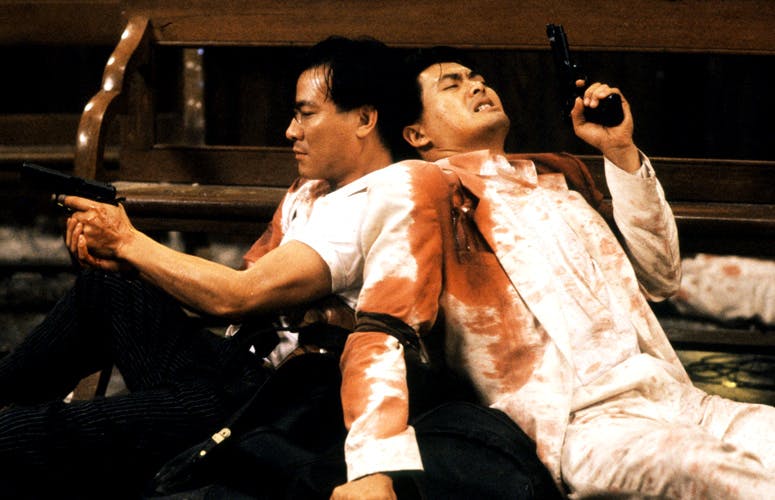%20%20%203%20JOHN%20WOO%20REINVENTS%20ACTION%20CINEMA%20(1989?auto=format&w=1440&q=80)
Doing for action what Enter The Dragon did for martial arts, The Killer (1989) ensured director John Woo's super-violent, slo-mo, 'bullet ballet' carnage hooked Hollywood, paving the way for, among others, The Matrix. The Killer also prompted filmmakers to look east for material, inadvertently bringing about films from The Departed to The Ring.
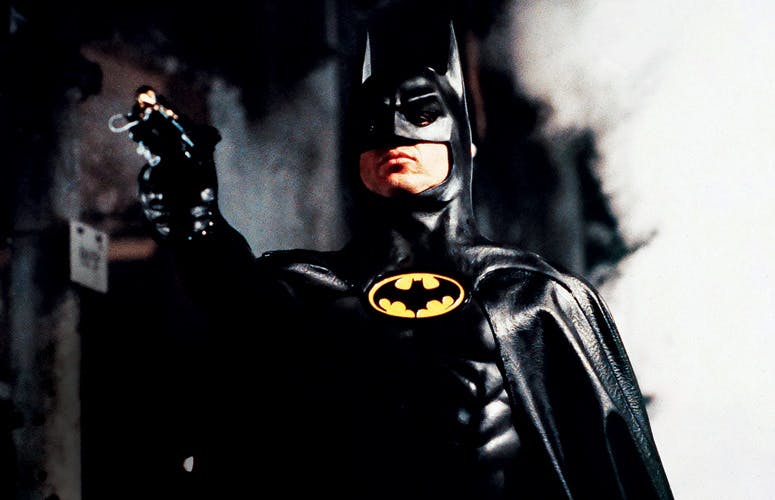%20%20%204%20%20THE%20FIRST%20MODERN%20BLOCKBUSTER%20(1989?auto=format&w=1440&q=80)
The birth of the blockbuster is generally taken to be Jaws or Star Wars, but with its iconic marketing, extensive merchandising and franchise foresight, Tim Burton's Batman set the template for the next three decades of tentpole pictures. It now looks weirdly ahead of its time, casting A-list actors in traditionally B-movie material, taking sources seriously and presenting itself as a must-see Event. Oddly, DC has never capitalised on other characters. But someone at Marvel was clearly paying attention...
5 THE T2 TEASER DEFINES BLOCKBUSTER HYPE (1990)
Now we have teasers for teasers for trailers and it's a bit tiring, but back in 1990 the notion of a celluloid appetiser was far less advanced. Then - boom - came Cameron's bespoke presentation of the making of a T-800: pounding score over assembling endoskeletons and then, you know it's coming, Arnie's metallic stare. Still gives chills. Still the gold standard for enticing excitement.
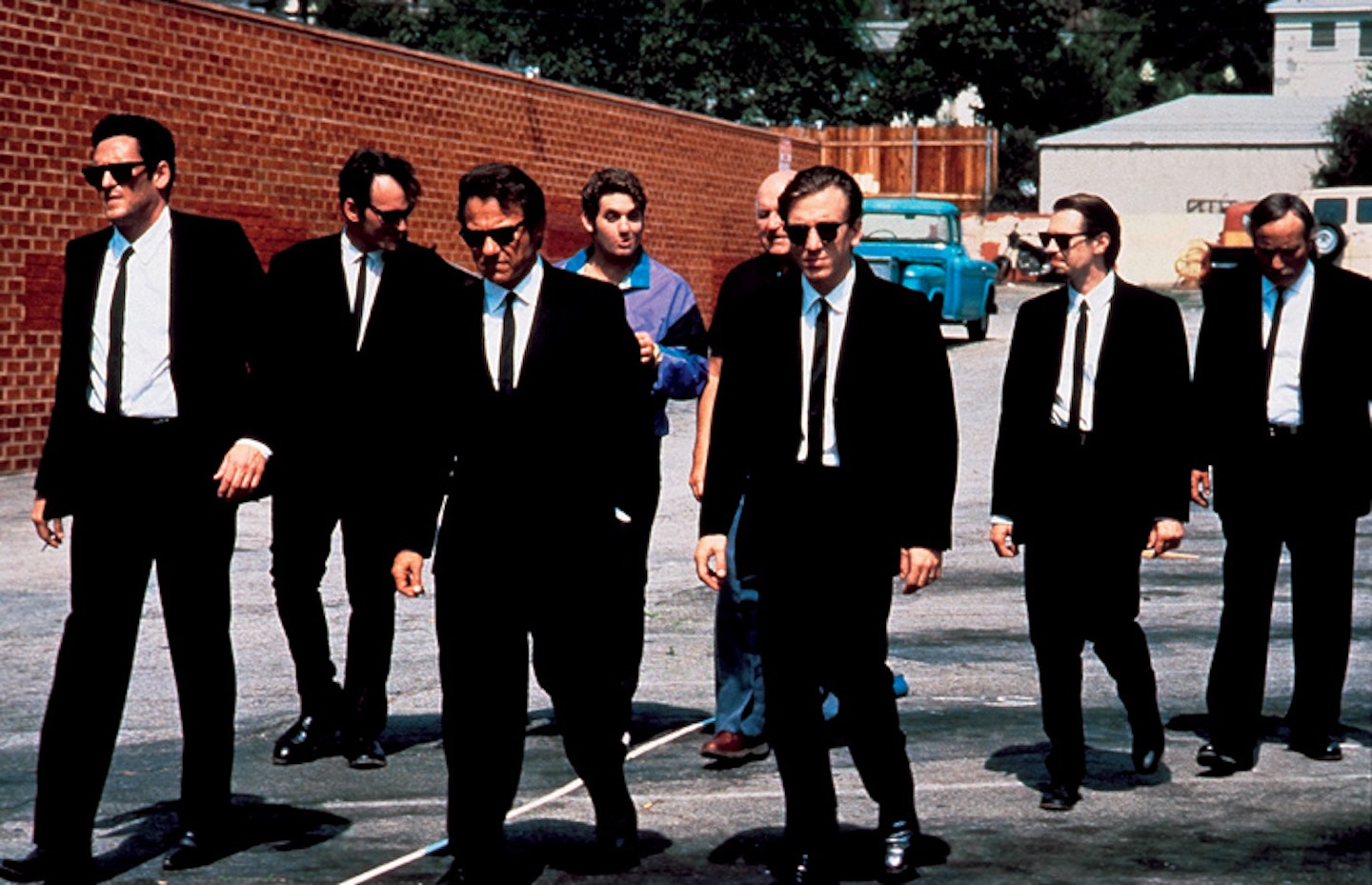
6 TARANTINO INSPIRES EVERYONE (1992)
With Reservoir Dogs, Quentin Tarantino channelled his encyclopaedic cinematic knowledge into a bristling, bloody, extraordinary gangster picture, pilfering from Kubrick to Ringo Lam and creating something that somehow felt new and thoroughly invigorating. Dogs made him that rarest of things: a household-name director and, as the first VHS auteur, devouring films and film literature in a way impossible a generation before, he inspired others to go and do likewise, from Joe Carnahan to Edgar Wright.
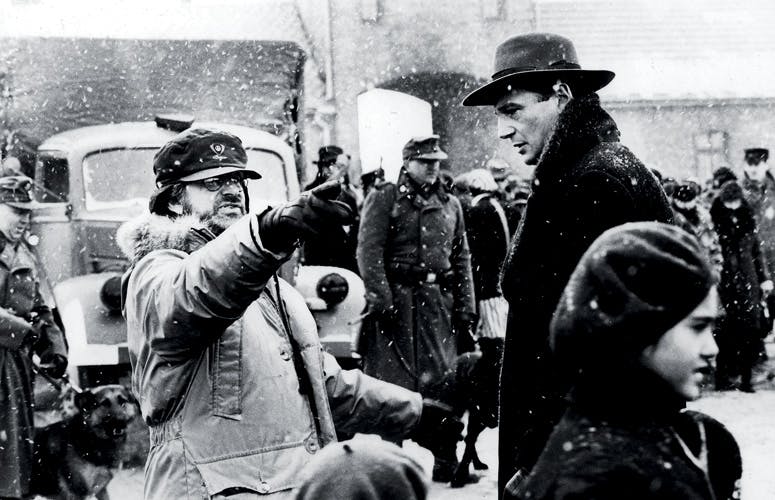%20%20%207%20SPIELBERG%20IS%20FOREVER%20JUSTIFIED%20(1993?auto=format&w=1440&q=80)
Schindler's List wasn't the first time Steven Spielberg ditched popcorn thrills for more sombre material, having already made Empire Of The Sun and The Color Purple. But he was scared to make this picture, because it felt personal and yet so universally important. He finally won the directing Oscar, but the feeling was it didn't really matter - he'd simply made the movie he was put here to make. Everything else, from here on, was a bonus.
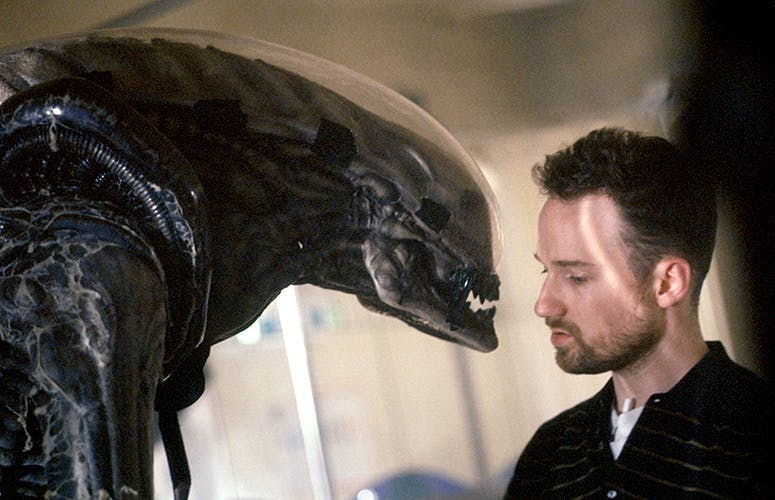%20%20%208%20ALIEN%20SPAWNS%20FINCHER%20(1993?auto=format&w=1440&q=80)
At the time Alien3 was the most expensive feature debut ever, with Fox entrusting its flagship franchise to hotshot music-video director David Fincher. With a script in flux, suits interfering and his own inevitable learning curve, Fincher had a horrible time and left feeling he may never make another movie. But he did - just determined to do it his way now. The results - Seven, Fight Club, Zodiac - have been extraordinary. All, in a way, because of this monstrous start.
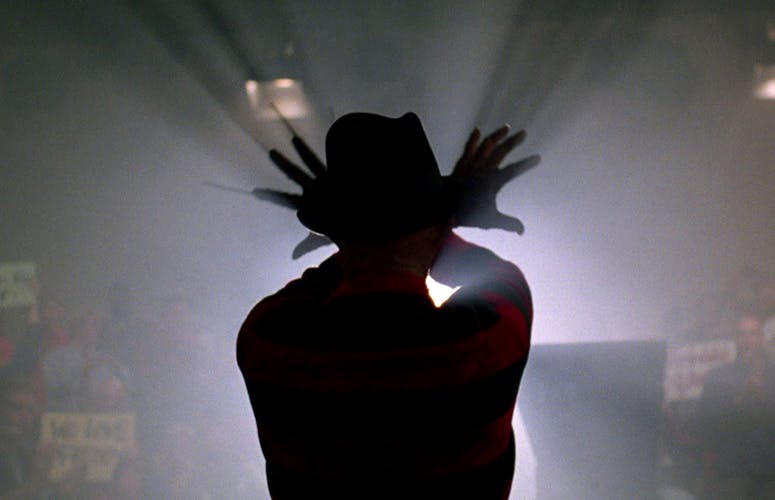%20%20%209%20A%20NEW%20KIND%20OF%20NIGHTMARE%20(1994?auto=format&w=1440&q=80)
The progenitor of postmodern horror wasn't Kevin Williamson with Scream, but Wes Craven. You have to know the rules to break them and it was in Wes Craven's New Nightmare that the writer/director first ingeniously toyed with the notion of a self-aware horror film, playing with audiences' expectations and screen savvy and leading not only to his own famous series, but everything from Final Destination to Hostel.
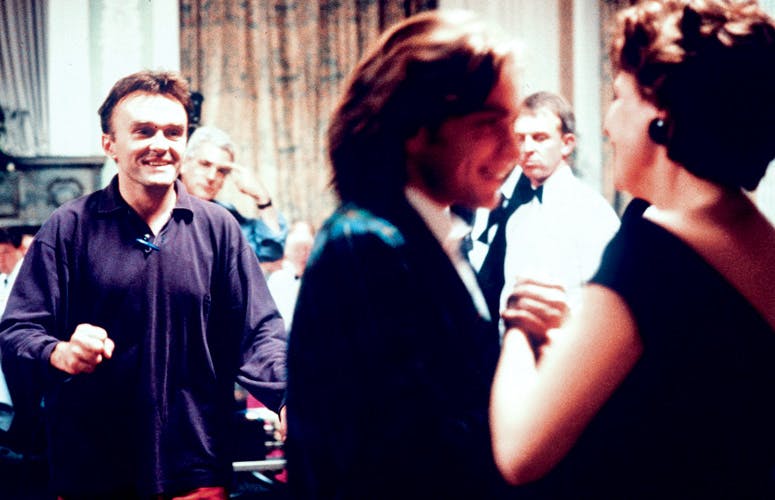%20%20%2010%20ENTER%20DANNY%20BOYLE%20(1994?auto=format&w=1440&q=80)
Shallow Grave could have so easily felt like Pinter on telly, confined to a flatshare with barbed, brutal characters. But Boyle gave it vigour and visual wit and showed we didn't have to confine ourselves to period dramas or kitchen-sink misery. We could be - whisper it - American. He has been frank since about the Coen brothers' influence, but it's not a question of simply stealing or everyone would do it - ripping off Blood Simple is not bloody simple.
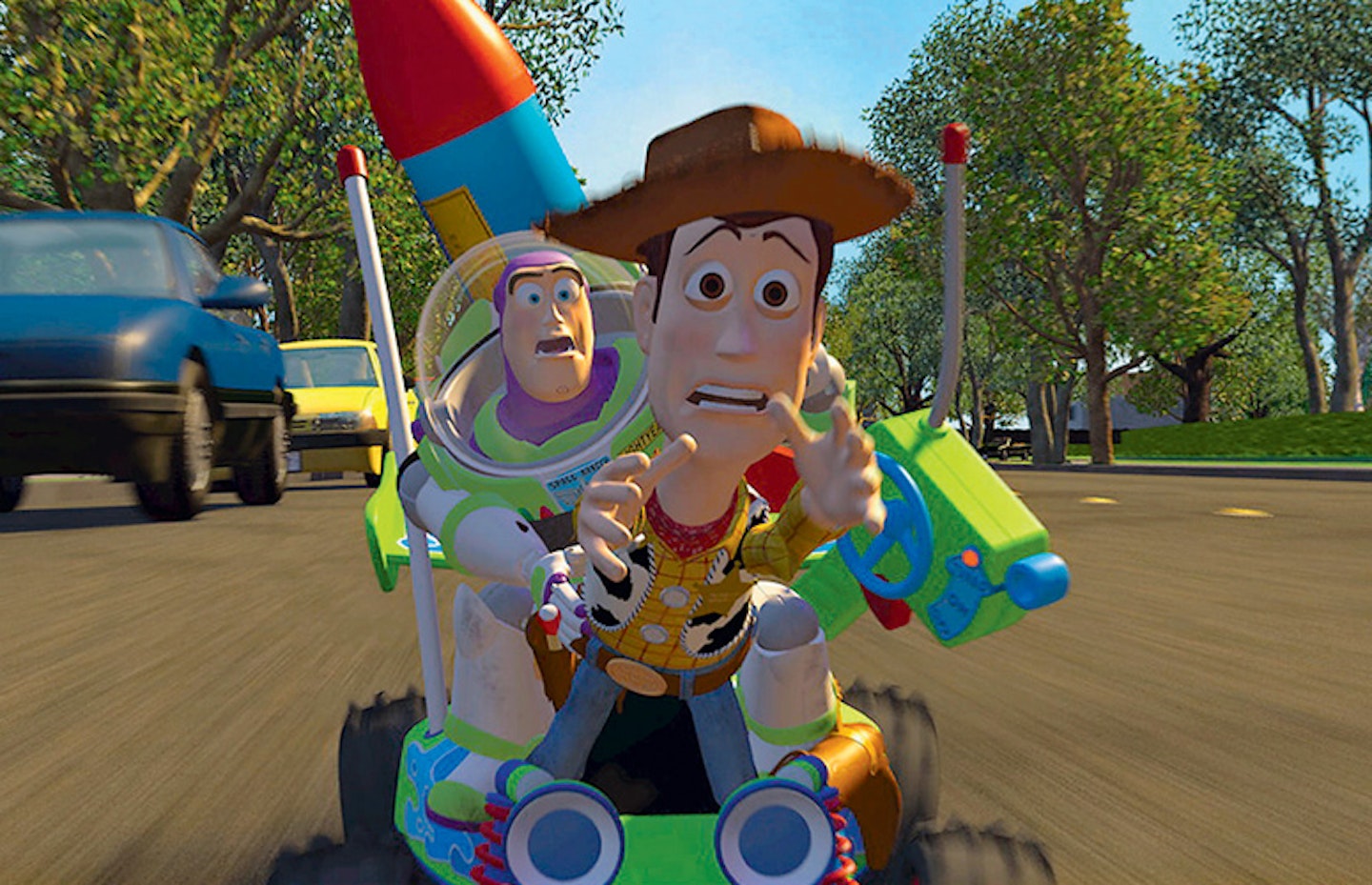
11 PIXAR REVOLUTIONISES ANIMATION (1995)
Now John Lasseter runs the Mouse House and Pixar produces sequels, it's easy to take for granted the studio's luminous visuals and warm but knowing humour. In 1995, though, Toy Story was as shocking as Fight Club would be, in that we'd never seen anything like it before. With its impact not just on animation but on digital world creation, it really did take us to infinity and... oh, you know.
%20%20%2012%20DVD%20INVIGORATES%20CINEMA%20(1995?auto=format&w=1440&q=80)
The Digital Video/Versatile Disc not only brought the cinema experience into your front room, but gave films a second chance. Franchises from Austin Powers to Fast & Furious would arguably have died if it weren't for the pick-up on shiny disc... Will streaming and on-demand have the same power?
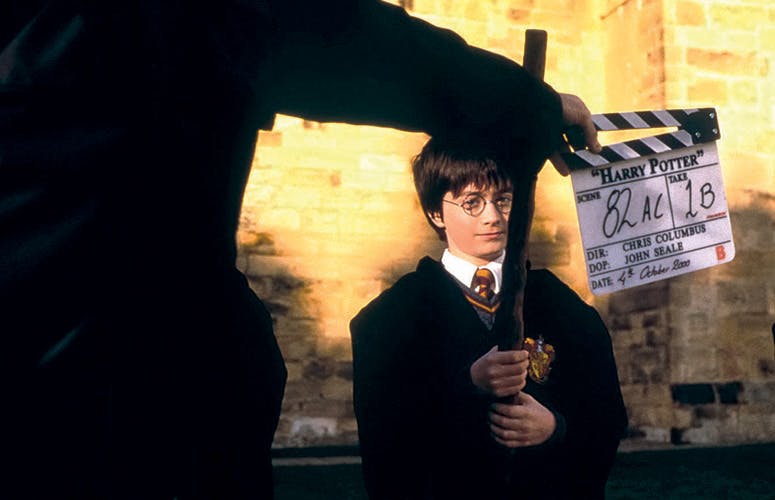%20%20%2013%20POTTER%20IS%20PUBLISHED%20(1997?auto=format&w=1440&q=80)
What if Enid Blyton had written about wizards? It wasn't a question anyone was asking when Joanne Rowling sat in a cafe crafting The Philosopher's Stone and then faced repeated rejection... until Bloomsbury said yes - for an advance of £1,500 - and published it in June '97. It was a decision that not only changed her life, but eventually the British film industry, with the film adaptations becoming the most successful film series ever, providing a huge cash injection and spotlighting UK craft and tech to investors worldwide.
%20%20%2014%20THE%20BILLION-DOLLAR%20BLOCKBUSTER%20(1997?auto=format&w=1440&q=80)
It gave us Leo, Kate and that arse-puckering "King Of The World" Oscar acceptance speech, but Titanic is most significant for being the first film to break a billion - which became the holy grail for studios since, leading to triumph (The Return Of The King) and disaster (John Carter).
%20%20%2015%20%20BLADE%20SAVES%20COMIC-BOOK%20MOVIES%20(1998?auto=format&w=1440&q=80)
Largely dormant - or Dreddful - since Burton’s Batman, the comic-book movie was given credibility by Blade, which didn’t do huge numbers but did show there was an audience for characters that might not be household names. Without it, there’d be no X-Men and, arguably, no Marvel Studios, while writer David S. Goyer would also play a key part in Gotham and Metropolis.
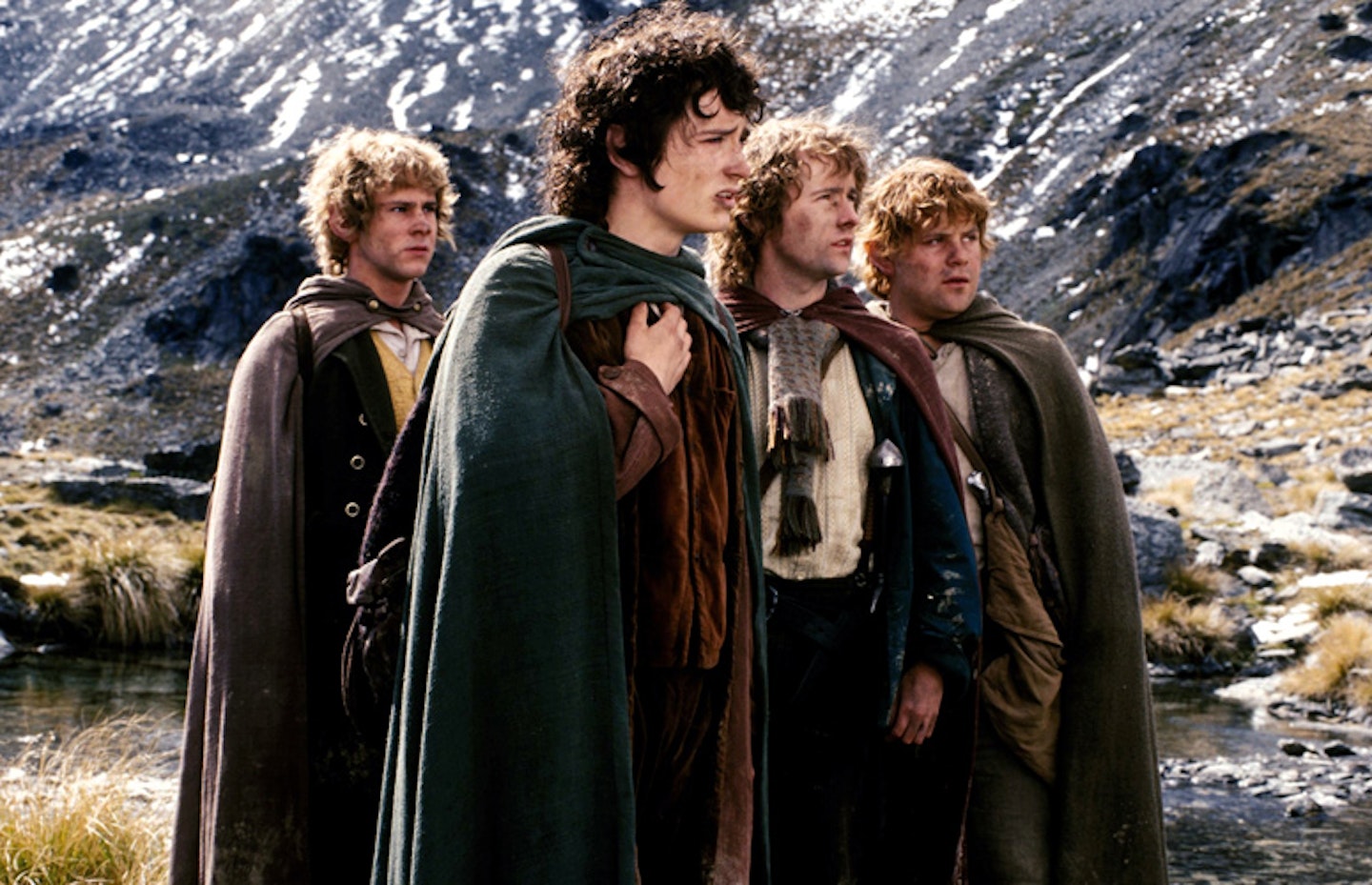
16 THREE FILMS TO RULE THEM ALL (1998)
It was the summer of '98 when Peter Jackson, trying to find a home for his two Lord Of The Rings movies (having been told by Miramax he could only do one) met with New Line's Robert Shaye... who suggested doing three. Thus arguably the most fully realised trilogy of all time evolved, leading to a box-office bonanza, Oscars, Wellywood and the expansion of Jackson's Weta Digital and the FX revolution...
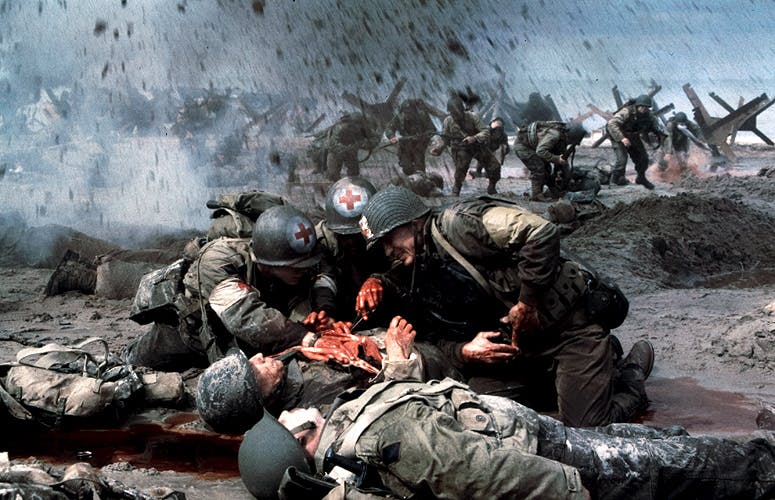%20%20%2017%20WAR%20GETS%20REAL%20(1998?auto=format&w=1440&q=80)
The cynicism and heroism of men in combat had been brilliantly captured by veterans such as Sam Fuller in The Big Red One, but no film put you in the horrifying action better than Saving Private Ryan. The Omaha Beach assault remains one of the greatest and most frighteningly immersive sequences ever. With its distinctive (but now commonplace) desaturated imagery and shutter angle changes, it changed the way we look at war on screen.
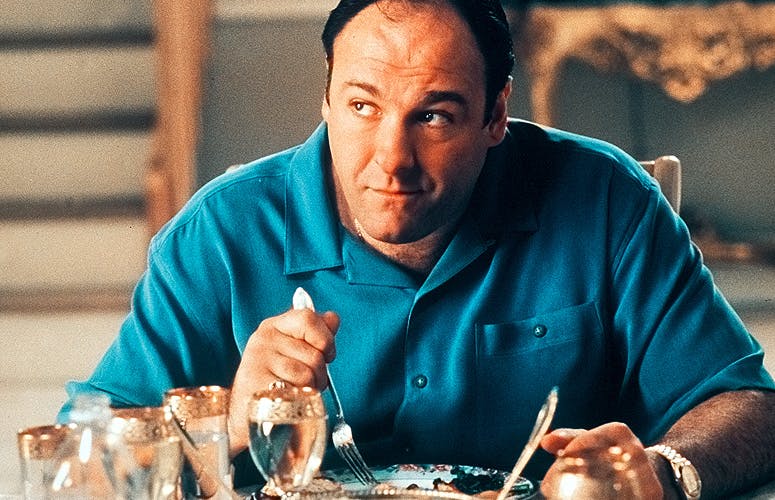%20%20%2018%20THE%20SOPRANOS%20CHANGES%20TELLY%20(1999?auto=format&w=1440&q=80)
2014, and everyone is raving about the TV — how it can be richer and deeper than film and how streaming services (notably Netflix) are revolutionising the way we consume episodic drama and who has the freedom to create it. Well, it goes back 15 years to David Chase being given the chance by HBO to combine domestic concerns with gangland thrills and creating the best criminal character outside of Coppola or Scorsese. The Wire, Deadwood, Breaking Bad and House Of Cards are all the children of Tony Soprano.
19 STAR WARS INVENTS THE INTERNET EVENT TRAILER (1999)
Arguably the most hyped movie of all time, The Phantom Menace had audiences queuing to see movies they didn't care about (Wing Commander, anyone?) just to see the trailer. Then it went online. The site crashed. Fans went mental. It was played and replayed, examined and re-examined (Darth Maul getting the most pauses). The trailer as Internet Event was born.
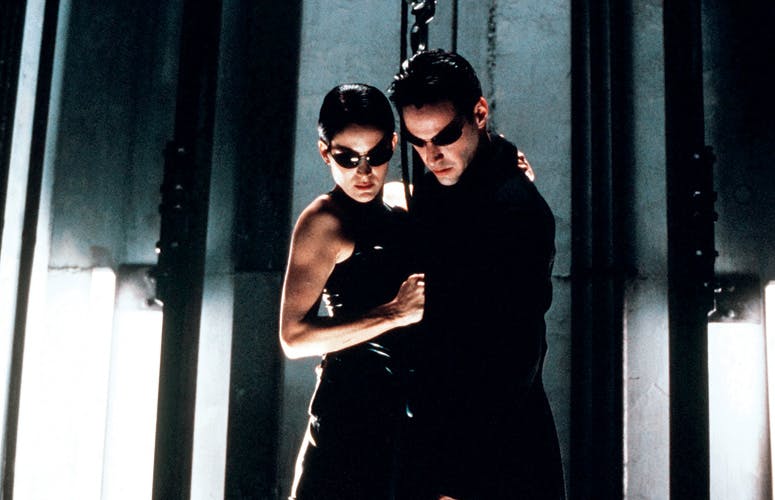%20%20%2020%20THE%20MATRIX%20MAKES%20GEEKS%20GODS%20(1999?auto=format&w=1440&q=80)
The Wachowski siblings' sci-fi actioner was a brilliant conduit for the hopes and dreams of console-jockeys or comic-book nerds, as its hero was an office worker imbued with superhuman power... and yet was still slight, doubting and relatable. No bulging biceps; the era of the ripped action hero was over. This One's muscle was his mind...
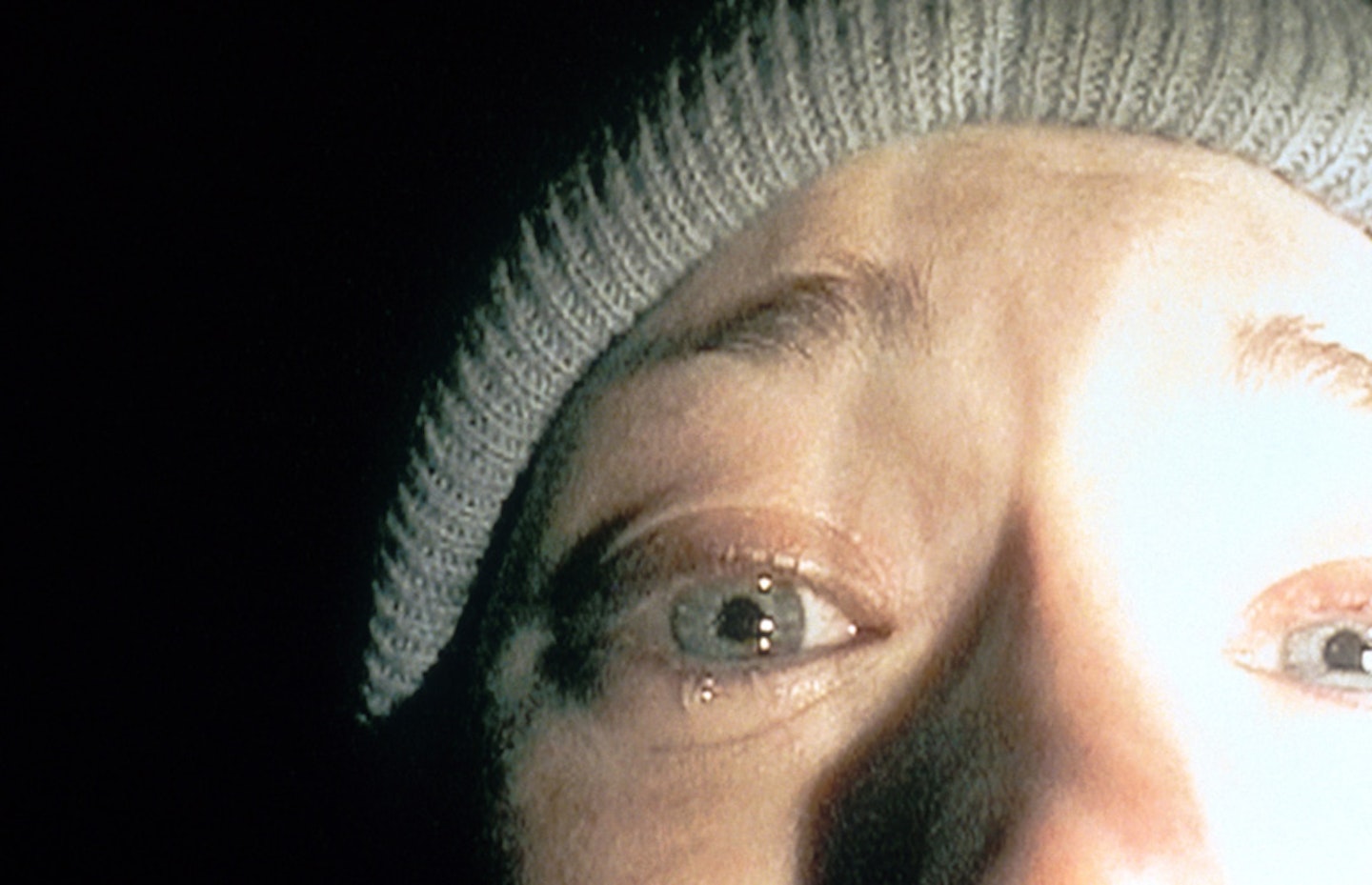
21 BLAIR WITCH IS THE FIRST DIY BLOCKBUSTER (1999)
It’s hard to overstate the impact of The Blair Witch Project on audiences and the industry. It was an Event movie that was, effectively, made by one of us: ordinary Joes with little cash but lots of imagination. A significant step in democratising film, it obviously lives on in the likes of Paranormal Activity, but also in the mumblecore movement. It showed lo-fi is no barrier to high flying.
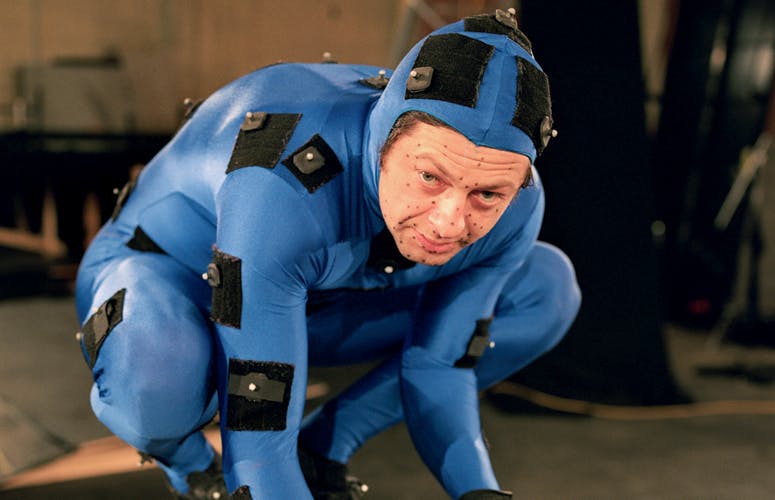%20%20%2022%20SERKIS%20BRINGS%20MO-CAP%20TO%20LIFE%20(2002?auto=format&w=1440&q=80)
We’d glimpsed him in Fellowship, but it wasn’t until The Two Towers that the real ruling presence of The Lord Of The Rings was revealed: Gollum. A huge leap in terms of photo-real effects, the pixel-power was incredible, but what amazed was the capturing of Andy Serkis’ performance. He’s gone on to found UK mo-cap studio The Imaginarium and bring his skills to the new Apes films. We hope for an Oscar recognising his contribution to the most exciting new cinematic development since colour.
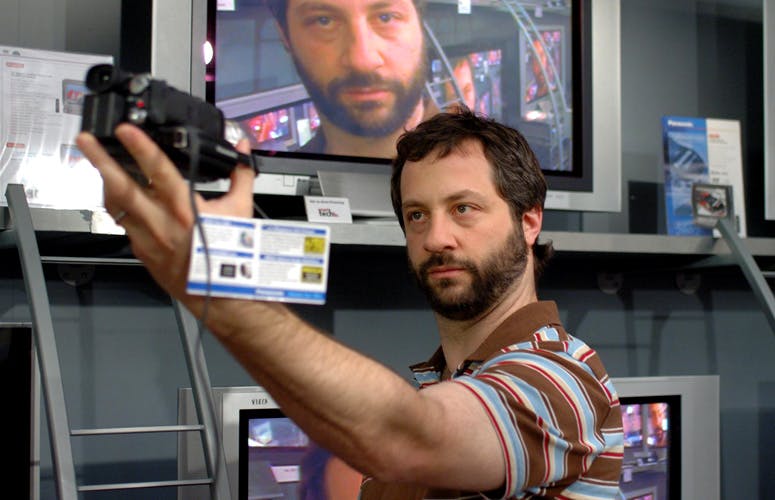%20%20%2023%20TEAM%20APATOW%20(2005?auto=format&w=1440&q=80)
The 40 Year-Old Virgin didn’t just make Steve Carell a star, or give writer/director Judd Apatow the power to become a greenlight for comedy; it made R-rated — ie properly adult — comedy one of Hollywood’s biggest moneyspinners, hitting all of those four fabled quadrants. Ever since, Apatow has been boosting previously neglected talents while managing the curious feat of being jarringly crude and genuinely touching.
The world appears obligated to doubt Jim Cameron, so that prior to each picture rumours circulate of budget and production overruns and how he’s a filmic dictator about to meet his Waterloo. Then, simply, he makes the most successful movie of all time. Not only did Avatar create a world and mythology to rival The Lord Of The Rings in its detail, it pushed mo-cap to previously unimagined heights and made 3D feel relevant and exciting again. Few films since have equalled its use of the technique.
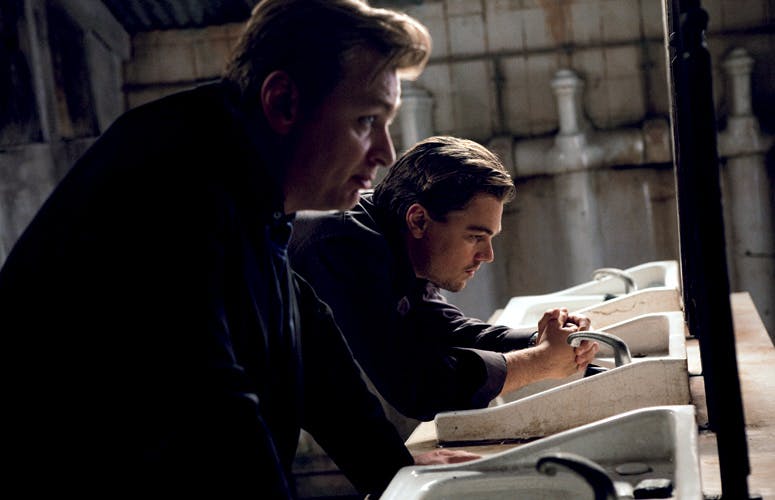%20%20%2025%20%20NOLAN%20BECOMES%20THE%20BRAND%20(2010?auto=format&w=1440&q=80)
Cinephiles love him for Memento, audiences for his Batman, but the question with Inception was whether his name meant as much as that of the Caped Crusader. Turned out it did. And how. Yes, DiCaprio is no small draw, but no-one would have anticipated these numbers for a dizzyingly complex, original sci-fi. It seems people now click with Christopher Nolan the way they did with Spielberg in his popcorn pomp. Warner Bros. was rewarded for gambling on talent and Nolan has a blank cheque for the future. Truly, he’s gone Interstellar.